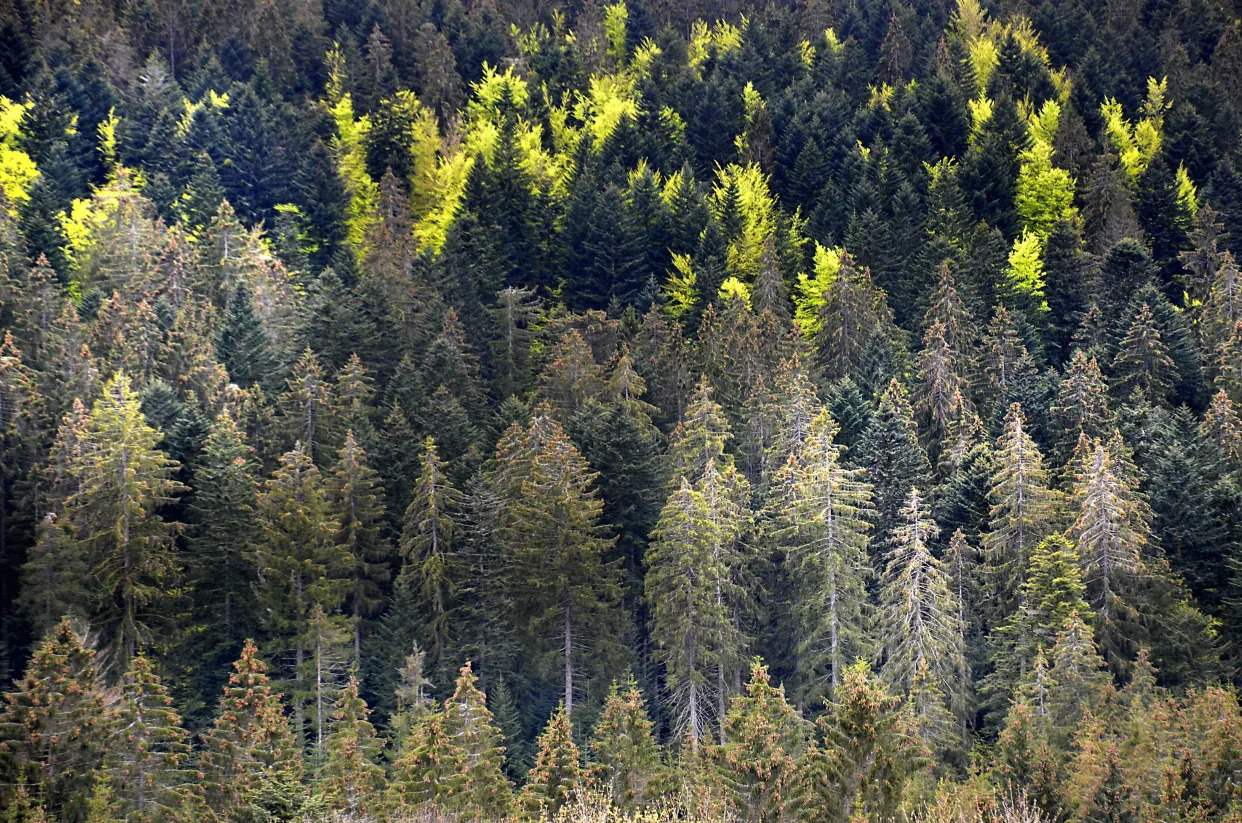Yale Environment 360
For Decades, Our Carbon Emissions Sped the Growth of Plants — Not Anymore
Yale Environment 360 – August 14, 2023

For the last century, rising levels of carbon dioxide helped plants grow faster, a rare silver lining in human-caused climate change. But now, as drier conditions set in across much of the globe, that uptick in growth is leveling off, a new study finds.
Through photosynthesis, plants convert water and carbon dioxide into storable energy. By burning fossil fuels, humans have driven up carbon dioxide levels, from around 280 parts per million before the Industrial Revolution to 417 parts per million last year. That extra carbon dioxide has sped up photosynthesis, spurring plants to soak up more of our emissions and grow faster. Since 1982, plants globally have added enough leaf cover to span an area roughly twice the size of the continental U.S.
But the effect appears to be wearing off. While carbon dioxide levels continue to climb, more than a century of warming has also made the climate more hostile to plants. Drier conditions in many parts of the world mean that, even as plants get more carbon dioxide, they are getting less of the other key ingredient needed for photosynthesis — water.
For the new study, scientists gathered data from ground monitors measuring levels of carbon dioxide and water in the air from 1982 to 2016. They compared these data with satellite images of forests, grasslands, and farms, using artificial intelligence to spot changes over time. Small differences in the green hue of plants, for instance, indicate a shift in the rate of photosynthesis.
The study found that photosynthesis sped up until around the year 2000, at which point it began to level off. Looking ahead, authors say, the rate of photosynthesis could flatten out entirely, making it harder to keep rising carbon emissions — and warming — in check. The findings were published in the journal Science.
